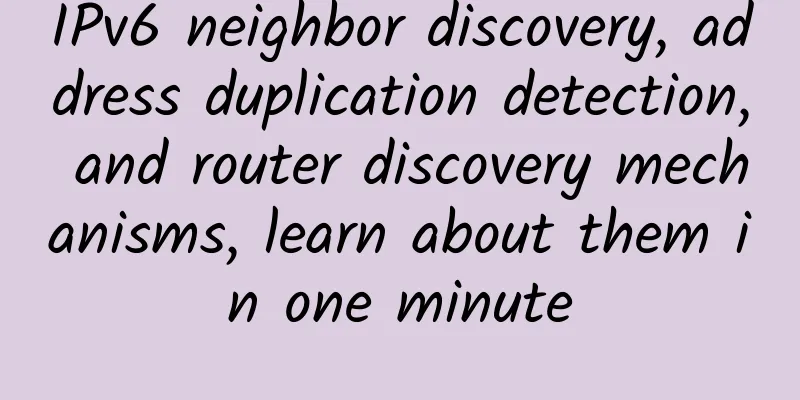How to avoid the pitfalls of integrated wiring?

|
There is a lot of knowledge involved in integrated wiring, and there are many pitfalls whether it is control lines or power lines. Integrated wiring is a modular and highly flexible information transmission channel within a building or between buildings. It can connect voice equipment, data equipment, switching equipment and various control equipment to the information management system, and also connect these devices to the external communication network. It also includes all cables and related connection components between the connection point of the building's external network or telecommunication line and the application system equipment. Integrated wiring is composed of components of different series and specifications, including: transmission media, related connection hardware (such as patch panels, connectors, sockets, plugs, adapters) and electrical protection equipment, etc. These components can be used to build various subsystems, each of which has its own specific purpose. They are not only easy to implement, but also can be smoothly upgraded as needs change.
1. Rules and pitfalls of weak current/control integrated wiring When doing integrated wiring, how should we design weak wires? This article mainly talks about four things to note when wiring weak wires. Types of weak wires such as telephone lines, network lines, cable TV lines and audio lines are called weak wires. Friends in need can refer to it. 1. Weak current Weak current generally refers to DC circuits or audio, video lines, network lines, and telephone lines, and the DC voltage is generally within 36 V. Household appliances such as telephones, computers, and television signal inputs (cable TV lines), audio equipment (output lines), etc. are all weak current electrical equipment. Types of weak current wires such as telephone lines, network lines, cable TV lines and audio lines are called weak current wires. With the intelligentization of family life, the pre-setting of weak current lines cannot be ignored. In home decoration, the following points should be noted when laying out telephone lines, network lines and cable TV lines:
2. Power line integrated wiring rules and those pitfalls 1. The power cables, control and signal cables, and communication cables should be arranged in the order of "from top to bottom" from high to low voltage levels. When the horizontal channel contains high-voltage cables above 35kV, or to meet the requirements of the allowable bending radius of the cables introduced into the cabinet, it is advisable to arrange them in the order of "from bottom to top". In the same project or when the cable channel extends to different projects, it should be configured in the same up-down order. 2. When the number of support layers is limited by the channel space, power cables of adjacent voltage levels of 35kV and below can be arranged on the same layer of supports, and power cables of 1kV and below can also be arranged on the same layer of supports with high-voltage control and signal cables. 3. When fire-resistant separation is implemented for the working and standby cables of the same important circuit, they should be arranged on brackets at different levels. It is possible to do so when the passage space is limited as explained in the second sub-item. If you really want to lay them together, you need to note that 10kV cable cannot be single-core cable, but three-core cable. 3. Electrical wiring specifications 1. Circuit installation of components in the power distribution cabinet:
There is a lot of knowledge in integrated wiring. Whether it is control line or power line, there are many pitfalls. Come in and take a look. 2. Secondary circuit wiring:
3. External wiring (field wiring) Integrated wiring is a big subject. Whether it is control line or power line, there are many pitfalls. Come in and take a look:
There is a lot of knowledge in integrated wiring. Whether it is control line or power line, there are many pitfalls. Come in and take a look.
|
<<: Six key trends in network management
Recommend
Understand how 5G base stations and 4G base stations work together in one article?
A few days ago, a netizen left a message asking h...
6G will usher in a new era for all industries
At this early stage, 6G wide-area wireless has fe...
5G is expected to be the fastest deployed mobile communications technology in history
Telecommunications company Ericsson has released ...
The Ministry of Industry and Information Technology has implemented new measures to promote the accelerated development of 5G and accelerate the construction of the new economic form of "5G+".
my country's 5G development has once again re...
Have you used "Online Documents"? It allows multiple people to work together and synchronize content in real time. It's so efficient!
Have you ever encountered a situation at work whe...
GSMA releases a white paper on 2G/3G network decommissioning experience in Asia Pacific to help operators reduce costs and increase efficiency, and move forward with ease
With the popularity of smartphones and the rapid ...
Let government affairs walk in the "cloud" - Huawei's practice of government affairs cloud
2017 is destined to be an extraordinary year for ...
Health and Risk: A New Model for Data Center Capacity Management
Some analysis companies believe that capacity man...
ABI Research: LoRa will lead non-cellular LPWA growth in the next five years
LoRa will lead the growth of non-cellular low-pow...
How 10 popular SD-WAN startups survive in the cracks
The SD-WAN market is very hot. Large enterprises ...
Unleashing the power of fiber optics, many changes are waiting
We have all been amazed at the power and speed of...
Omdia: Global Gigabit Broadband Users to Exceed 187 Million by 2025
LightReading reports that the COVID-19 pandemic h...
Data center careers: Automate or be automated
As microservices drive data center automation, IT...
DiyVM: 50 yuan/month-2GB/50GB/5M/Hong Kong CN2 line
DiyVM is a brand of Hong Kong Ruiou International...
5G - the future network technology for all applications
As 5G is being promoted and deployed around the w...




![[Black Friday] ProfitServer Singapore/Germany/Netherlands/Spain VPS 50% off, unlimited traffic KVM monthly payment starts from $2.88](/upload/images/67cac2275c1e5.webp)
![[Black Friday] Megalayer: Hong Kong/Singapore VPS flash sale 9.9 yuan/month, Hong Kong server 199 yuan/month, top up and get 10% back](/upload/images/67cabcfaacf10.webp)

![[6.18] TmhHost 30% off on all VPS, Japan/Hong Kong/Los Angeles CN2 GIA/AS9929 monthly payment starting from 21 yuan](/upload/images/67cabea213fd6.webp)

